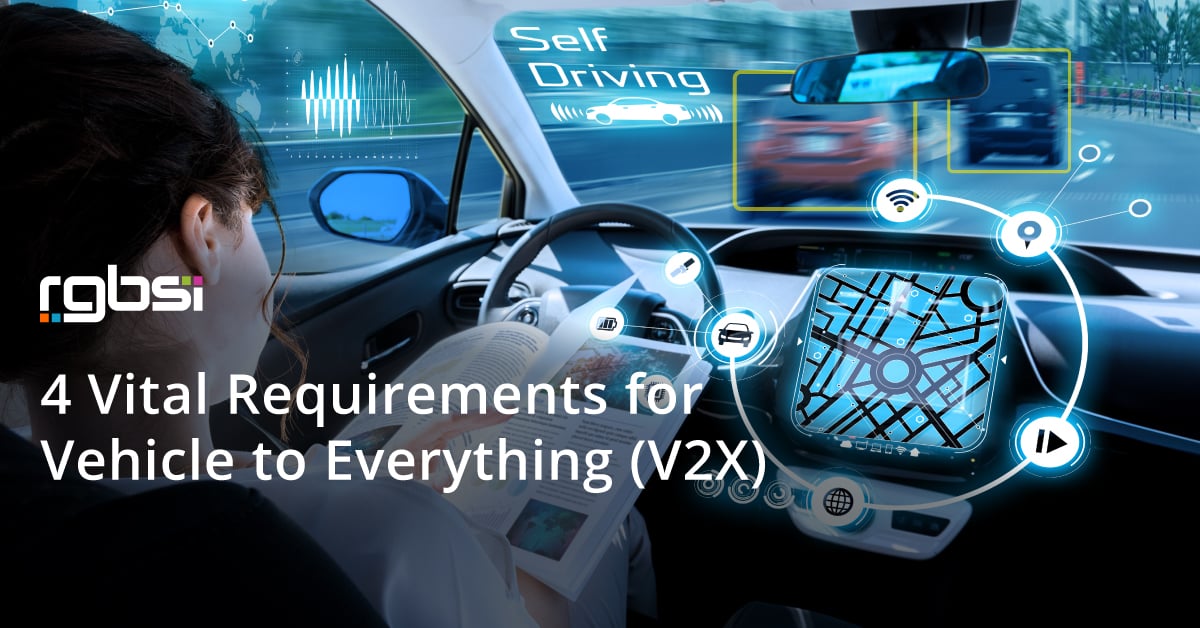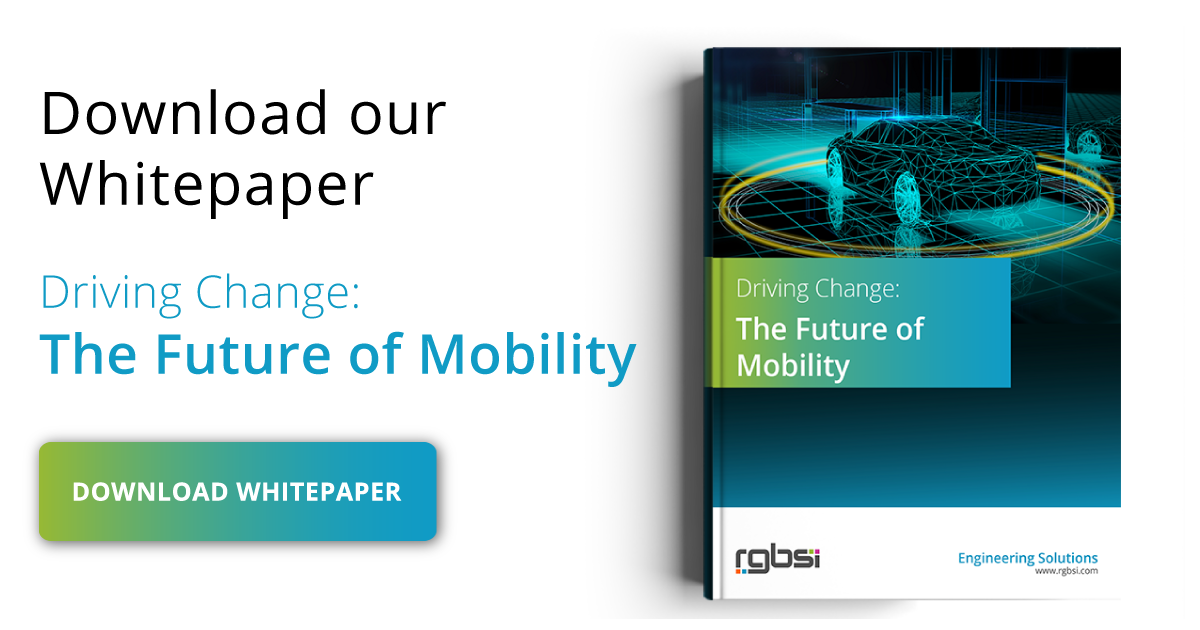
The automotive industry’s recent developments are not solely focused on moving cars from point A to point B. Improving vehicle mobility is about providing a safer and more efficient space for both drivers and pedestrians. Vehicle connectivity is the cornerstone of today’s innovative ventures.
One great example is the Ford SYNC technology that allows drivers to navigate their phone hands-free. They can make calls, control the entertainment, climate, and other navigation systems through voice command.
We are just beginning to witness the progressions within the automotive industry.
Although industry leaders have uncovered useful information, much of the practice and implementation remains unclear. Industry leaders must start their efforts on the application of vehicle connectivity for V2X (vehicle-to-everything) functionalities to evolve with the future of mobility. V2X aims to address the current driving issues to promote road safety, convenience, and comfort here and beyond.
Requirements for V2X and Autonomous Driving
The automotive industry needs to leverage V2X (vehicle to everything) capabilities to maximize autonomous vehicle technology. Here are 4 of the most vital requirements for V2X that can jumpstart vehicle connectivity.
1. Safety
It is integral to take advantage of V2X communication systems to ensure its safety on the road and inside the vehicle. Technologies interpret the data collected from the road infrastructures and the surrounding environment. These safety measures become the basis for executing automated actions like braking or accelerating without manual intervention.
Vehicle connectivity is strengthened by sensor technology and radio-based communication devices. The sensors attached to vehicles interact with their surroundings. These sensors allow vehicles to determine when the traffic lights are about to change or the next turn-off five miles ahead.
On the other hand, drivers can communicate and reach out to other vehicles through radio devices. It allows them to stay updated on the changing conditions within their destination’s proximity, including icy roads, accidents, or tolls. This communication promotes safe driving and helps you find the quickest possible route before you get caught up in traffic.
To maximize safety measures, V2X can make it easier to acquire vital information in real-time. Most of these developing technologies connect to 5G networks with a latency of 10 Gbps.
2. Reliability & High-Quality Driving
Automotive industries must ensure that vehicle connectivity remains stable regardless of adverse road conditions and obstacles. This connectivity guarantees that all the information that they consume is 100% accurate and reliable. When furthering the advancement of reliable vehicle connectivity, it is imperative to invest in high-quality connectivity systems. The implemented technologies underwent rigorous testing before deployment. Ensure that all the devices transmit data quickly and don’t compromise the drivers’ data privacy.
3. Data Security
It is vital to install systems that offer superior features and functionalities to stabilize vehicle connectivity. For instance, improved sensor technology comes from mono cameras, Radars, LiDAR, and listening sensors. Given most data is collected through a cloud-based framework, drivers can access valuable insights and information through their phones and computers. We can expect that the cloud is bound to handle a massive volume of data as we transition to vehicle connectivity. As a result, maintaining data security can be a challenge for industries.
It is crucial IT architects develop a safeguard against potential cyber-attacks to prevent data breaches. They should also enforce data privacy regulations, including GDPR, to ensure that vehicles reveal their data to trusted analytics platforms.
4. Real-Time Architecture
Companies must provide manufacturing and design systems in real-time. Artificial intelligence technologies and networks can contribute to flexibility and proactive application on the automotive platform. However, the biggest hurdle in establishing a robust architecture is maintaining complete cybersecurity. Companies must keep in mind that building complex systems requires more effort to build, control, and support.
About RGBSI
At RGBSI, we deliver total workforce management, engineering, quality lifecycle management, and IT solutions that provide strategic partnership for organizations of all sizes.
Engineering Solutions
As an organization of engineering experts, we understand the importance of modernization. By pairing modern technology with design expertise, we elevate fundamental engineering principles to accommodate growing product complexity requirements. We work with clients to unlock the full potential of their products and enable future innovation. Learn more about our automation and digital engineering services.











